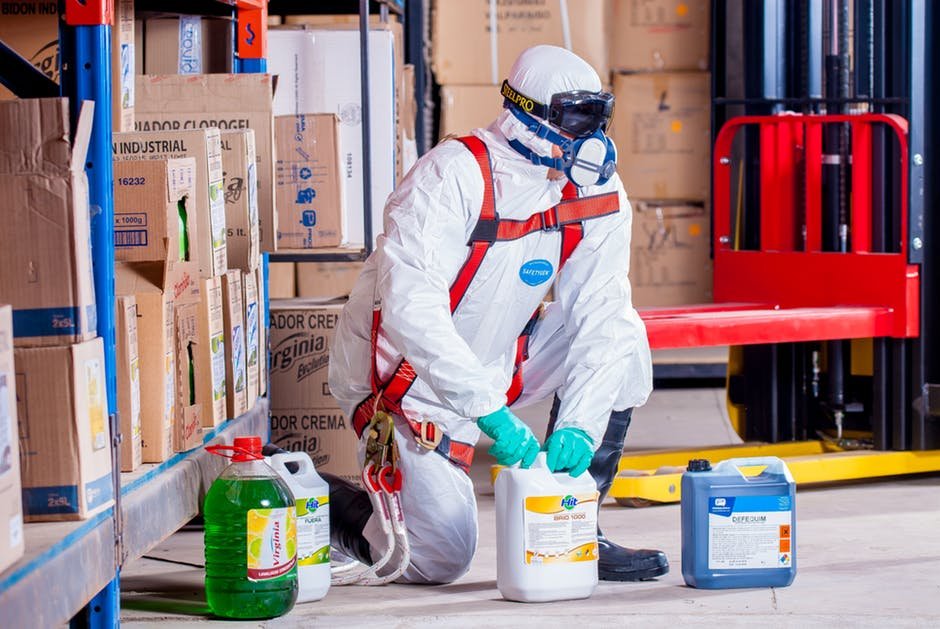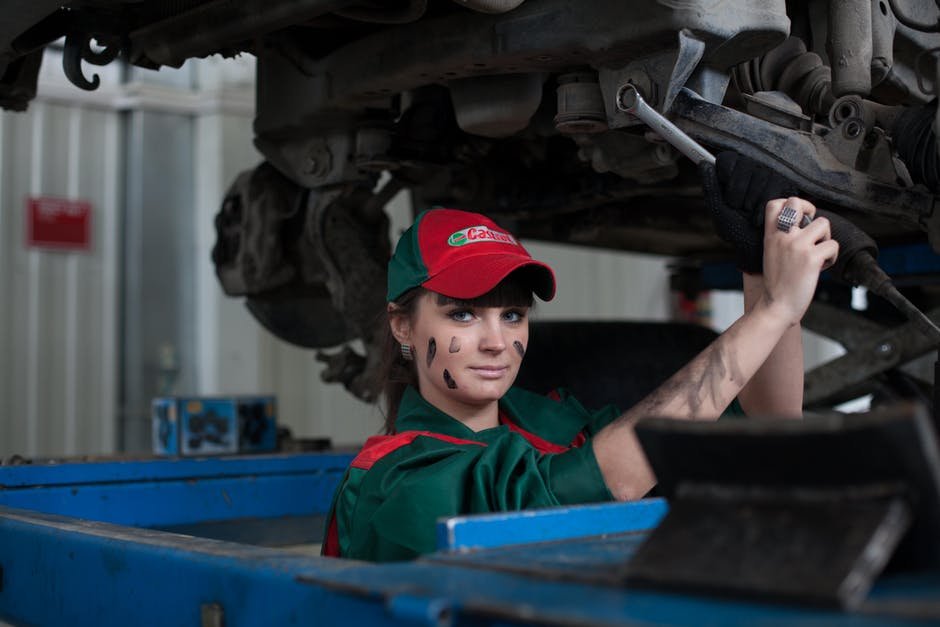 We all need to have an understanding that it is essential to know the potential hazards in any of the workplaces before they appear to be the major problems. It is, therefore, crucial to keep in mind that the business owner or rather the employer should identify on the various steps that it is needed in conducting the useful job safety analysis. Different association handling this job safety analysis have therefore offered several tips on how to best conduct the job safety analysis and stay away from the hazards. First, it is always advisable for an individual to understand what exactly it means by the job safety analysis. It is needful to know that it is one of the best prevention tools for the company and the workers. It is necessary when the business owner sees the reason for conducting the job safety analysis and see its benefit as well. We need to remember that a job safety analysis is the systematic analysis of a particular job in a certain position to identify the hazards and come up with the manageable ways to avoid them.
We all need to have an understanding that it is essential to know the potential hazards in any of the workplaces before they appear to be the major problems. It is, therefore, crucial to keep in mind that the business owner or rather the employer should identify on the various steps that it is needed in conducting the useful job safety analysis. Different association handling this job safety analysis have therefore offered several tips on how to best conduct the job safety analysis and stay away from the hazards. First, it is always advisable for an individual to understand what exactly it means by the job safety analysis. It is needful to know that it is one of the best prevention tools for the company and the workers. It is necessary when the business owner sees the reason for conducting the job safety analysis and see its benefit as well. We need to remember that a job safety analysis is the systematic analysis of a particular job in a certain position to identify the hazards and come up with the manageable ways to avoid them.
It is recommended that after it has been well on how the job safety analysis will be conducted then, the workers should at the same time do it safely as required of them. For the job safety analysis to be useful, it is crucial to cover all the aspects of the specific task. Now it comes to a time when an individual is supposed to conduct the job safety analysis to the workers. It is also the time that an individual is supposed to start by writing down on the steps. In writing the steps, an individual must have understood what the work involves. The steps to be followed is only for the specific type of job thus it is advisable that the worker follow it well as detailed on this page. The next step is to identify the hazards associated with each level. An individual should think out on what could go wrong from health and safety point of view. In this case, it is supposed for one to think out on the equipment and materials that can contribute to the hazards and manage them appropriately. Now it reaches at a time when one will determine controls of each risk. This explains that an individual should identify the ways to reduce injuries for the workers. After that now an individual can discuss the job safety analysis with the workers. The training sessions are conducted where workers should be in the right place to understand to every detail and follow by them keenly. Click this link to learn more about Job Safety Analysis: https://edition.cnn.com/2017/08/22/health/bad-work-environment-studies/index.html.
Job Safety Analysis
Article
 When involved in heavy industry projects especially in the construction business being exposed to risk is inevitable. It can be a challenge to eliminate or do away with the exposure to these risks completely, but we can work towards reducing the risks and be control them by following standard procedures and by adhering to the set good work practices. Sometimes you can just take accept these risks as a usual part of doing your work. However, it is necessary to know the risks that your employees can and are willing to accept.
When involved in heavy industry projects especially in the construction business being exposed to risk is inevitable. It can be a challenge to eliminate or do away with the exposure to these risks completely, but we can work towards reducing the risks and be control them by following standard procedures and by adhering to the set good work practices. Sometimes you can just take accept these risks as a usual part of doing your work. However, it is necessary to know the risks that your employees can and are willing to accept.
We are prone to these risks every day when we are performing our duties. The risks that we encounter will be determined by the probability and the frequency in which we are exposed to them. You should also understand what the outcome will be if the risk occurred so that you can make an informed decision when you accept to take up the risk every day or use this service. Employees have to understand the risk and then decide if they are up to the challenge of accepting the risk.
Understanding and accepting the risks starts with the management at the organization level so that you can pass it down at the local levels. Risk management being a managerial function there are available tools that can help in understanding the risk and then contain it at acceptable levels. One of the ways is through job safety analysis. In the organization, the lowest management of risk is controlled by the people who are directly involved in doing work and then the immediate supervisors. When planning and then executing tasks, it is paramount to ensure that all the people involved are given a chance and involved so that they are well informed, about all the developments that can increase the chances of being exposed to risks. Then the right measures are put in place so that if a risk happened, they could deal with it appropriately avoiding further exposure to the damages.
One of the ways that the hazards can be spotted is through the workers. They are very good at it, but sometimes they might not mention it. Most of the workers can spot the risks as they are strategically found in their key areas of work. So the managers should involve JSABuilder when accessing the risk so that they can find ways to reduce them. Good communication between the employees and the management can help in identifying these risks and then taking the right measures. For more information about Job Safety Analysis, visit: https://en.wikipedia.org/wiki/Occupational_safety_and_health.
 The risk of injury in most construction and heavy industrial projects is common. It is difficult to eliminate the risk, but it can be reduced or controlled using a standard procedure. It is a fact that risk is there with us daily and on every task we engage. The risk is determined by how often we are exposed to it; it's probability of happening and the seriousness of the results. Everyday people decide to accept the risk. Risk acceptance starts are the top level in an organization and are taken down the to the lowest level. The management is responsible for controlling risk. The good thing is, they use specific tools to help them understand risk. An excellent example of the tools used is the Job Safety Analysis. The people who work at the lowest level are the ones to control risk under the management of their supervisor.
The risk of injury in most construction and heavy industrial projects is common. It is difficult to eliminate the risk, but it can be reduced or controlled using a standard procedure. It is a fact that risk is there with us daily and on every task we engage. The risk is determined by how often we are exposed to it; it's probability of happening and the seriousness of the results. Everyday people decide to accept the risk. Risk acceptance starts are the top level in an organization and are taken down the to the lowest level. The management is responsible for controlling risk. The good thing is, they use specific tools to help them understand risk. An excellent example of the tools used is the Job Safety Analysis. The people who work at the lowest level are the ones to control risk under the management of their supervisor.
It is vital for the employees to be made aware of the new tasks that might increase risks and the measure they should take to reduce them. Most employees spot hazards but are not confident in expressing their concerns about the threat. JSA is a tool designed to improve and document communication that helps to get to a mutual understanding of risks and the measure to control them. Heavy industries use the Job Safety Analysis worksheets as part of the risk management process as it minimizes the risks to the lowest level. With the help of the tool, members build up a common understanding of the tasks, procedures, and hazards associated with the job. Other tools used in risk management includes work procedures, the physical working environment, tools and other resources that can be used to reduce accidents. The process of Job Safety Analysis has four steps to it. The first step is job selection, followed by determining the job step sequence, hazard identification, and implementation of the strategies used to control the hazards.
The factors that make a workplace safe boosts the productivity of a company. The working environment needs to be clean and safe. Safety analysis creates a good co-operation between the management and their personnel's. A company that has zero safety issues feels part of the company. With the help of the supervisors, it is easy to create a good working relationship between the management and the employees. The people who should be involved in conducting a job safety analysis are the employers, supervisors, foremen, and health and safety experts. But, the employees are also advised to visit https://www.jsabuilder.com to analyze their jobs and determine if they are safe while at work. Click this page to get more information about Job Safety Analysis: https://www.huffingtonpost.com/entry/positive-change-for-the-workplace-safety_us_584d4ae5e4b0151082221c52.



